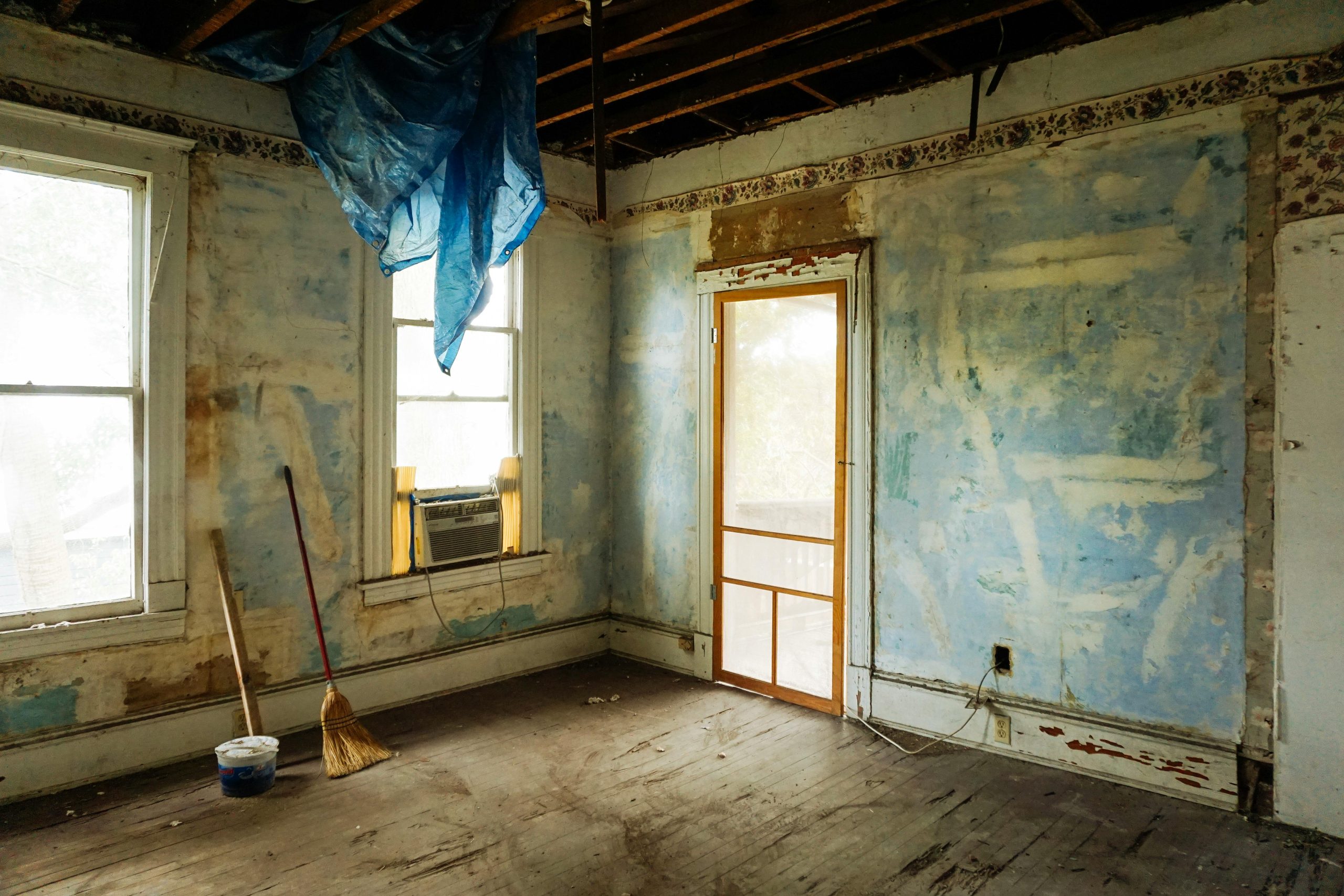Title: Troubleshooting FPS Drops After Recent NVIDIA Driver Update: A Guide for Gamers
Introduction
Experiencing performance issues after updating your graphics drivers can be frustrating, especially when it impacts your gaming experience. Recently, many NVIDIA users have reported significant drops in frame rates following the latest driver updates. This article aims to help you identify potential causes and provide effective solutions to restore optimal performance.
Understanding the Issue
A common scenario involves a sudden reduction in frames per second (FPS) after updating NVIDIA drivers. For instance, a gamer might initially enjoy smooth gameplay around 70 FPS, only to see it plummet to 24 FPS or lower shortly afterward. This issue can persist across multiple games and applications, regardless of graphics settings or system load.
Key Symptoms:
– Initial high FPS followed by sudden drops
– Frames remaining low even after lowering graphics settings
– RAM usage not exceeding system limits
– Performance degradation across multiple games
Potential Causes
Several factors could contribute to such performance drops:
– Driver incompatibility or bugs introduced in the latest update
– Corrupted driver files or incomplete installation
– Conflicts with existing system drivers or software
– Hardware issues exacerbated by driver changes
Step-by-Step Troubleshooting
- Rollback to a Previous Driver Version
If the latest driver update causes performance issues, reverting to an earlier, stable version can often resolve the problem.
- Download the previous driver version from the NVIDIA Driver Download page.
- Use Display Driver Uninstaller (DDU) to completely remove current drivers.
-
Install the older driver and restart your system.
-
Perform a Clean Installation of Drivers
Cleaning installation ensures no residual files interfere with your GPU’s operation.
- Download the latest or previous driver you wish to install.
- Run the installer and select the “Custom” installation option.
-
Check the box for “Perform a clean installation.”
-
Check for Windows and System Updates
Ensure your operating system is current, as updates often include important compatibility fixes.
- Navigate to Windows Update and install all recommended updates.
-
Verify that your system BIOS and chipset drivers are up-to-date.
-
Adjust In-Game and System Settings
Sometimes, specific settings can cause performance issues after driver updates.
- Lower in-game graphics settings further or try different configurations.
-
Disable any overlays or background applications that may interfere.
-
Monitor System Resources
Using tools like Task Manager or MSI Afterburner, monitor CPU, RAM, and GPU utilization during gameplay.
–
Share this content:



